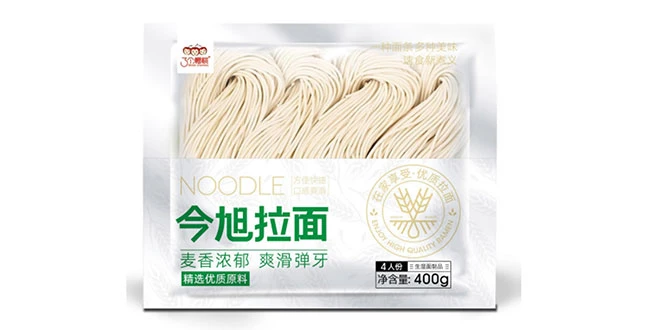Best Pasta Options for Individuals Managing Diabetes and Maintaining Healthy Blood Sugar Levels
Which Pasta is Better for Diabetics?
Pasta is a beloved staple in many cuisines around the world. Its versatility and comforting nature make it a favorite for countless meals. However, for individuals managing diabetes, the choice of pasta can greatly impact blood sugar levels. Understanding which pasta varieties are more suitable for diabetics is essential for maintaining a balanced diet while still enjoying this delicious food.
Understanding Carbohydrates
First, it’s crucial to comprehend the role of carbohydrates in diabetes management. Carbohydrates affect blood sugar levels, and not all carbs are created equal. High-glycemic index (GI) foods can cause a quick spike in blood sugar, while low-GI foods result in a slower, more gradual increase. Therefore, choosing pasta with a lower GI is beneficial for those looking to manage their diabetes effectively.
Whole Grain Pasta
One of the best options for diabetics is whole grain pasta. Made from whole wheat flour, whole grain pasta retains the bran and germ of the wheat, making it higher in fiber compared to traditional refined pasta. Fiber is essential as it slows down digestion and the absorption of sugar into the bloodstream, helping to maintain stable blood sugar levels. Whole grain pasta typically has a GI of around 37, making it a much better choice than regular white pasta, which can have a GI of 60 or higher.
Legume-Based Pasta
Another excellent option for diabetics is legume-based pasta, which is made from ingredients like chickpeas, lentils, or black beans. This type of pasta is not only rich in fiber but also provides a good amount of protein. The combination of protein and fiber can lead to a lower glycemic response. Many legume-based pastas have a GI that ranges from 25 to 30, making them a great alternative for managing blood sugar levels. Additionally, their nutrient density makes them an enriching choice for overall health.
which pasta is better for diabetics

Vegetable Noodles
For those looking to reduce their carbohydrate intake further, vegetable noodles present an enticing option. Zoodles (zucchini noodles), spaghetti squash, and other vegetable-based alternatives offer a lower-calorie option that is naturally low in carbohydrates. These options are also rich in vitamins, minerals, and antioxidants, providing a nutritious base for meals. Although they aren’t pasta in the traditional sense, they can be a creative way to enjoy your favorite pasta dishes without the blood sugar spike.
Avoiding Refined Pasta
When it comes to pasta, diabetics should take care to avoid refined pasta made from white flour. This type of pasta lacks the fiber found in whole grain options and can lead to rapid spikes in blood sugar. If you enjoy traditional pasta dishes, consider mixing in whole grain or legume-based pasta or incorporating plenty of non-starchy vegetables into your dishes to create a more balanced meal.
Portion Control and Pairing
Moreover, it’s not just about the type of pasta you choose; portion control plays a crucial role in diabetes management. Keeping servings in moderation and pairing pasta with a source of protein (such as chicken, fish, or legumes) and healthy fats (like olive oil or avocado) can help regulate blood sugar levels. Including a variety of non-starchy vegetables can add volume and nutrients without significantly increasing carbohydrate intake.
Conclusion
In conclusion, while pasta can still be included in a diabetic diet, the type of pasta chosen is crucial. Whole grain pasta, legume-based options, and vegetable noodles are all excellent choices that offer various health benefits while keeping blood sugar levels stable. By being mindful of portion sizes and meal compositions, individuals with diabetes can enjoy pasta without compromising their health. Ultimately, consulting with a healthcare provider or a registered dietitian can provide personalized advice and recommendations to manage diabetes effectively.
-
Unleash Your Inner Chef with Delectable Italian Pasta CreationsNewsAug.01,2025
-
Savor Health and Flavor: Irresistible Soba Noodles for Sale Await!NewsAug.01,2025
-
Nourish Your Body with Premium Organic Ramen - A Culinary Delight AwaitsNewsAug.01,2025
-
Elevate Your Dishes with Our Exquisite Kinds of Egg NoodlesNewsAug.01,2025
-
Dive into Flavorful Convenience with Our Ramen OfferingsNewsAug.01,2025
-
Discover Exquisite Types of Naengmyeon and Chilled Soba NoodlesNewsAug.01,2025
-
Is Whole Wheat Pasta Healthy?NewsMay.30,2025
Browse qua the following product new the we

















































































































